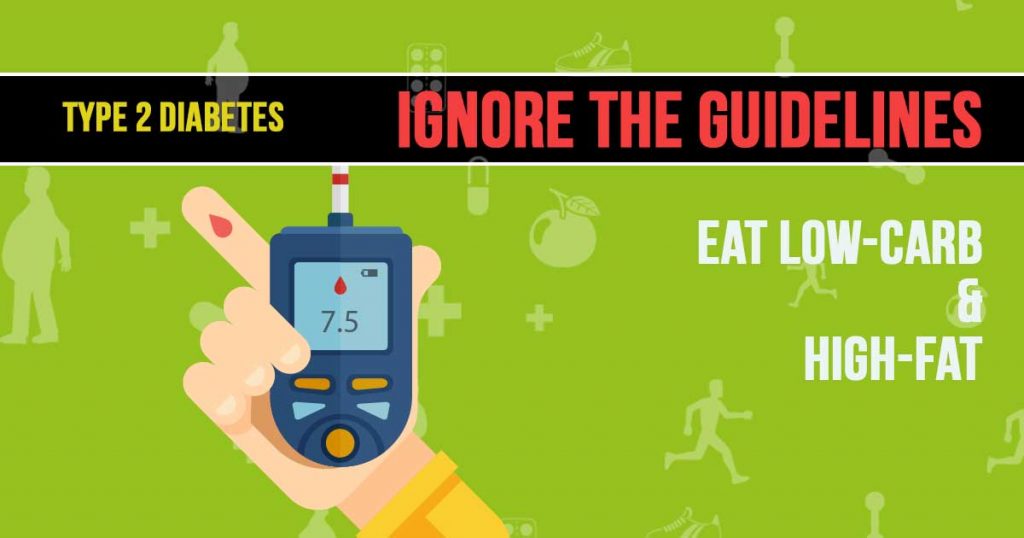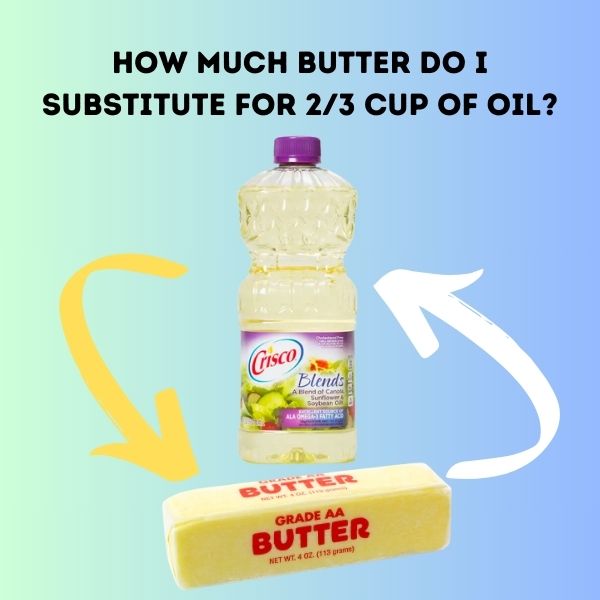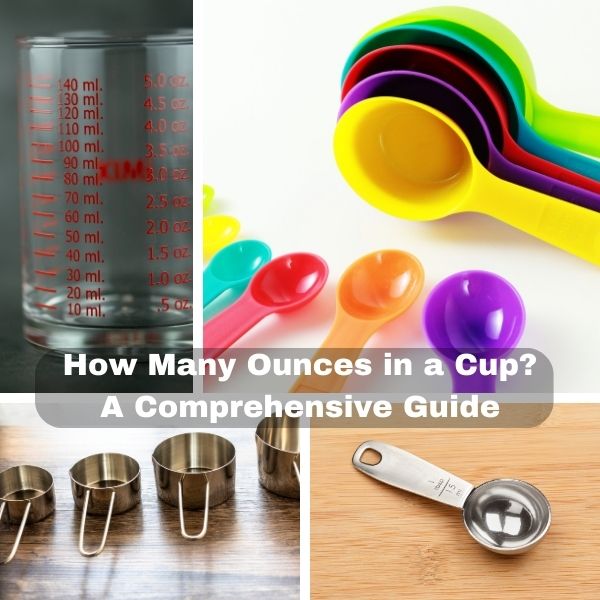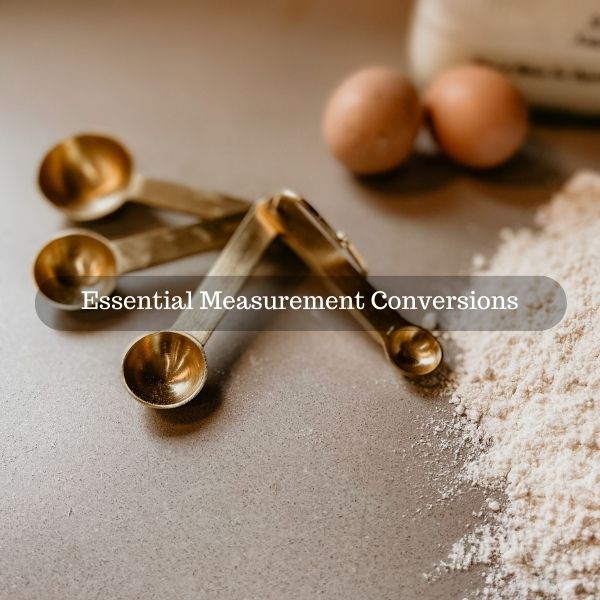Let’s talk about what does. Cutting carbs, a lot. Yes, in my clinic we teach patients to eat with carbs as the minority of their intake, not the majority. So, how does that work? Well, when our patients decrease their carbs their glucose goes down, and they don’t need as much insulin. So those insulin levels drop and fast. And this is very important, because a study looking at our National Health and Nutrition Examination Survey data, better known as NHANES, showed that the single, biggest risk factor for coronary artery disease is insulin resistance. It is responsible for a whopping 42% of heart attacks. Low-carb intervention works so fast that we can literally pull people off of hundreds of units of insulin in days to weeks.
One of my favorite stories is a very recent one. A young gal, but who had an almost 20-year history of type 2 diabetes, came in when a physician from another clinic told her she was just sick, and she’d probably get used to it. Her diabetes was way out of control. This despite the fact that she was on multiple medications, including almost 300 units of insulin, that was being injected into her continuously every day via a pump. All of this, remember blood sugar still out of control. So we put her on a low-carb diet, and now let’s fast-forward four months. She lost weight, yes, but, better than that, sick no more. Her blood sugar levels were now normal all of the time. This on, get this, no diabetes medication. Gone was the 300 units of insulin, no more insulin pump, no more pricking her finger multiple times each day, gone, all of it, no more diabetes.
One of the greatest joys of my job is to be able to tell a patient like this that they no longer have diabetes, and we ceremoniously take it off their problem list together. So, are they cured, is this a miracle? We’ll leave that grandstanding to Doctor Oz. Cured would imply that it can’t come back. And if they start eating excessive carbs again, it will. So no not cured, but they don’t have diabetes any longer. It’s resolved, and it can stay that way as long as we keep away the cause. So, what does this look like then? How does somebody eat this way? Well, first, let me tell you what it’s not. Low-carb is not zero carbs, and it is not high protein.
These are common criticism that are so frustrating because they are not true. Next, if we take the carbs out, what are we going to put in? Because remember, there are only three macronutrients: if one goes down, one has to go up. My patients eat fat and a lot of it. “What!?” you say. What’s going to happen when you eat fat? Well, let me tell you, you’re going to be happy, because fat tastes great, and it is incredibly satisfying. But, remember, fat is the only macronutrient that’s going to keep our glucose – blood sugar – and insulin levels low, and that is so important. So, I want you to now hear my simple rules for eating. These rules, you have to remember, are even going to be more important if you are one of the tens of millions of Americans who have trouble with insulin levels.
Rule number one:If it says light, low fat or fat-free, stays in grocery store. because they took the fat out, they put carbs and chemicals in. Rule number two: Eat food. The most important rule in low-carb nutrition: Real food does not come in a box, and no-one should have to tell you real food is natural. You should know that when you look at it. Don’t eat anything you don’t like. And eat when you’re hungry; don’t eat when you’re not, no matter what the clock says.
And number five is a simple way to remember what we want to avoid. No GPS: no grains, no potatoes, and no sugar. That last one is a biggie, right, no grains? Na, no grains. But we have to have them. Nope, they’re a carb. But whole grains are so good for us.
Well, first of all, there are actually very few foods out there that are truly whole grain even when they say they are. Most foods that purport themselves to be wholegrain are highly processed and the fiber benefit ruined. Or they’re coming with highly refined flour, usually both of these things.
So if you are one of the truly insulin-sensitive people, you can eat real, whole grain. But if you’re in the enormous slice of our population with insulin issues, it’s making things worse. So what if you are one of the real insulin-sensitive people? Can you still eat this way? Yes! I am a great example. Over a year ago I decided I would cut my carbs as low as I recommend to my diabetic patients. Now, it’s not mandatory for my health like it is for theirs; I’m not insulin resistant, so would this be a problem? No!
That’s just the thing. Unless you have an exceedingly rare syndrome, then cutting carbs is going to be good for you, even if it’s not necessary. I want to show you a couple of pictures of my radical food. So, this is a common breakfast in my house. So does it look like I just broke my own rule? I didn’t because this muffin is made with coconut flour. I bake all the time still. I just use non-grain-based flours: coconut, almond, hazelnut, flax. They make delicious things. And this is a typical dinner at my house with a typical starch. That would be the sautéed mushrooms. No, my patients and I eat delightful food all of the time and enjoy it. But what about the research on this? I mean is this just anecdotal evidence now from my clinic? No! There are dozens of randomized controlled trials looking at a low-carb intervention for things like diabetes, cardiovascular risk factors, obesity. They’re consistent. It works! There are even a large number of studies showing that low-carb nutrition decreases inflammatory markers, which is making it really exciting for diseases like cancer. We just finished a study in our clinic. And what we did is, we took 50 type 2 diabetic patients that were treated with our low-carb-high-fat-based program, and we compared them to 50 patients who were treated with the ADA guidelines. And after six months, not only did we find a significant metabolic advantage for the low-carb group, but, and let’s face it, this is important huge cost savings.
Our analysis showed that our patients could save over $2,000 a year just on the diabetes meds they were no longer taking. Just think how fast that adds up. We are in a diabetes epidemic now that we are spending $250 billion a year on in this country. So, I want to show you a slide now that demonstrates where those savings are coming from. So this is looking just at the insulin difference in the two groups after six months. And what we can see is that the low-carb group was able to decrease their insulin by almost 500 units a day. Whereas in the ADA treated group, they had to increase their insulin by almost 350 units a day.
Two important things. Number one: Insulin is expensive. And number two: Not all the people in this study were even on insulin, which makes these results even more impressive. But what I would say is that this graph really represents two different approaches to treating this disease. The first, our group, with the goal of reversing disease, meaning they need less medicine. And the second group, which very clearly aligns with the ADA guidelines, which state that diabetes is a progressive disease, requiring more medicine over time. Progressive unless we take away the cause. So, what’s the problem then? Why is this not everywhere? Why isn’t low carb the norm? There are two big reasons. Number one: status quo. It is hard to break. There are many agendas involved. We got this notion that low fat was the way to go decades ago. But a recent study just came out showing that there was zero randomized control evidence to recommend to Americans to remove the fat from our diet. And that’s how the carbs got added in. It was essentially a huge experiment on millions of people, and it failed miserably. The second reason we don’t see it everywhere is money.
Don’t be fooled, there’s a lot of money to be made from keeping you sick. And what we see is, with these specialty guideline panels, they are stacked with conflict of interest. So, the solution to the diabetes epidemic in my clinic is exceedingly clear: Stop using medicine to treat food. And for a disease whose root cause is carbohydrates, take away the carbohydrates, or at least cut them, so we can remember what we used to know. We knew it a long time ago, this was said thousands of years ago, and we need, in this day and age, to get back to that notion.
Source : Sarah Hallberg | TEDxPurdueU






